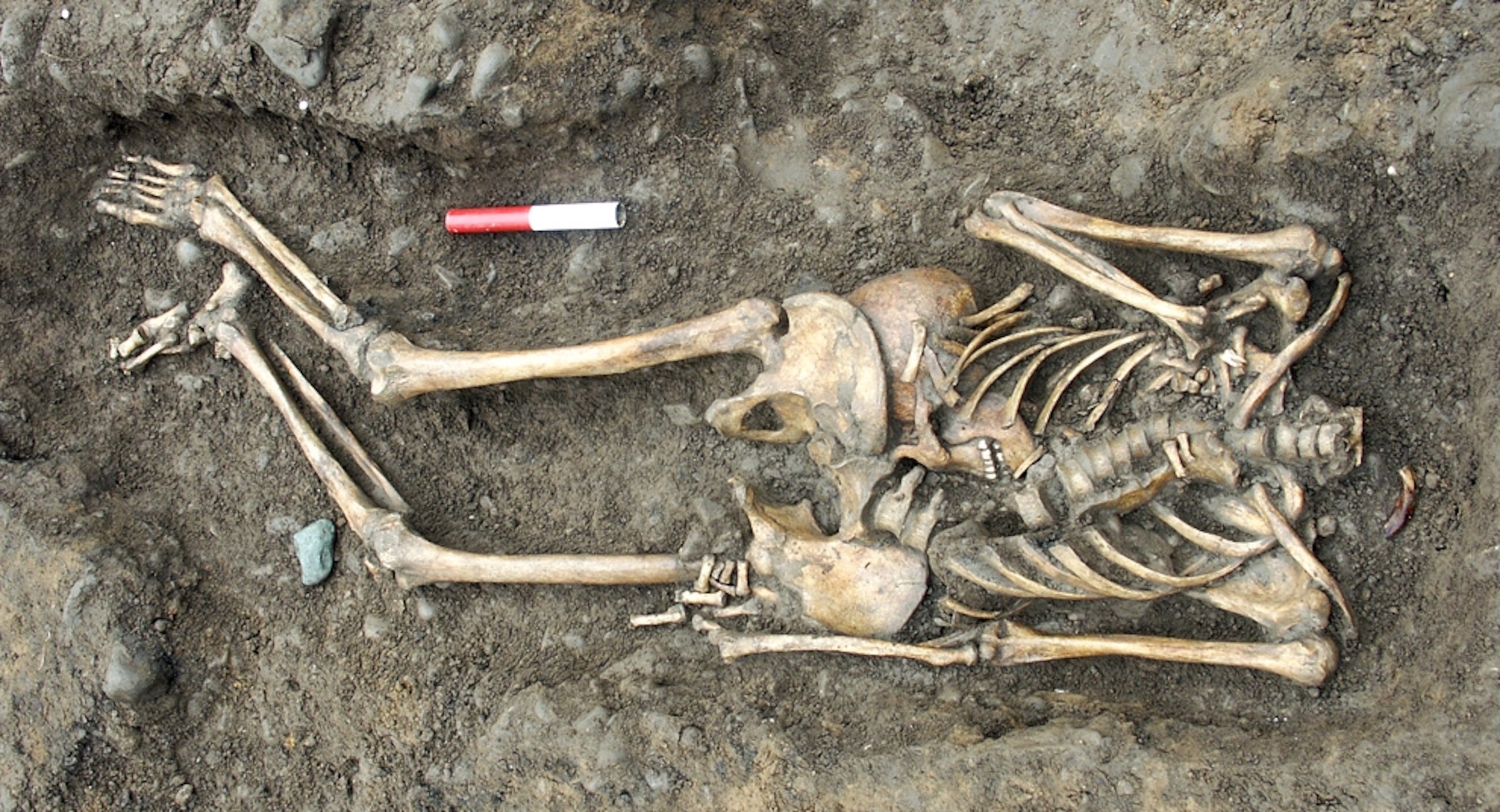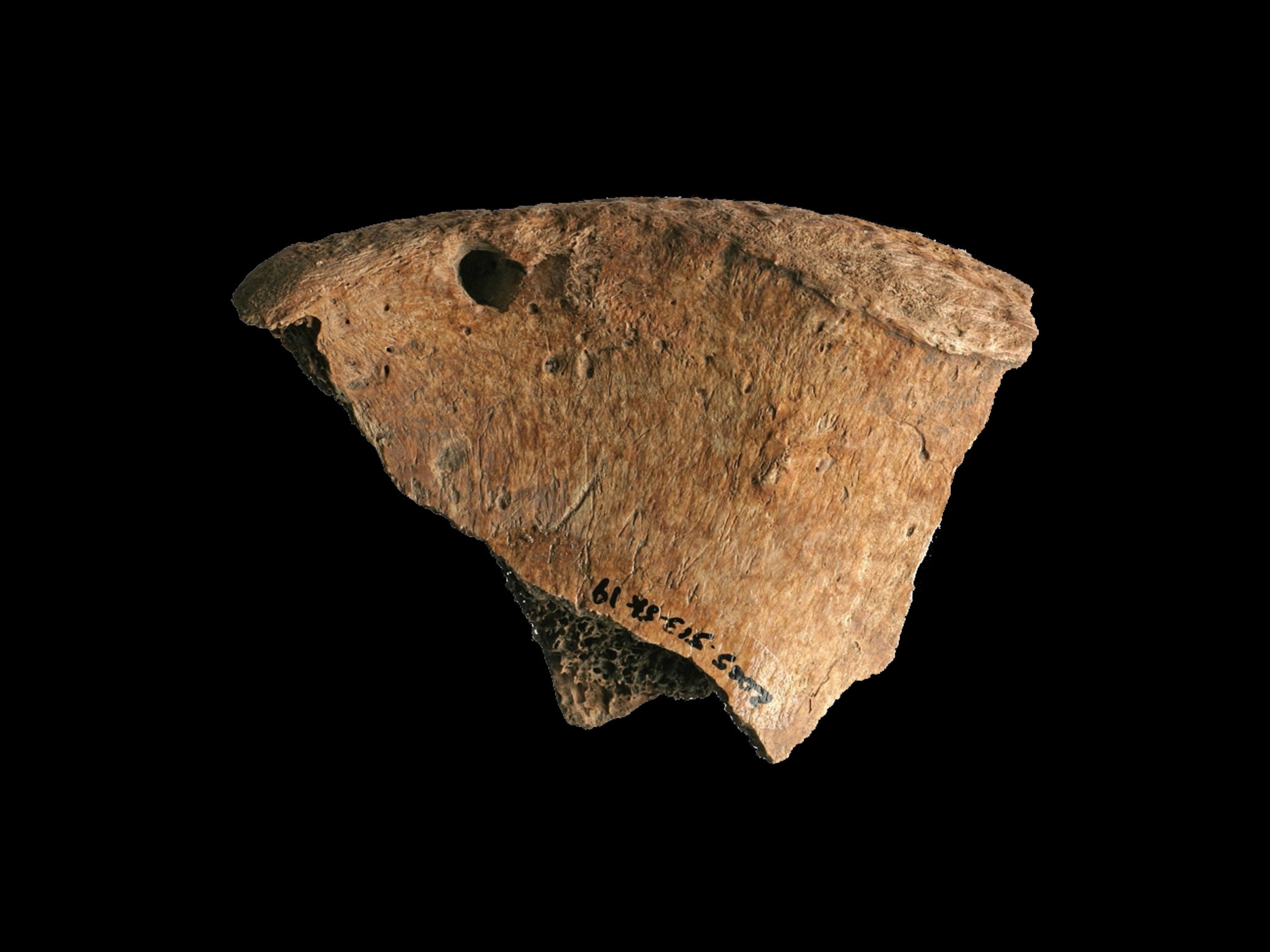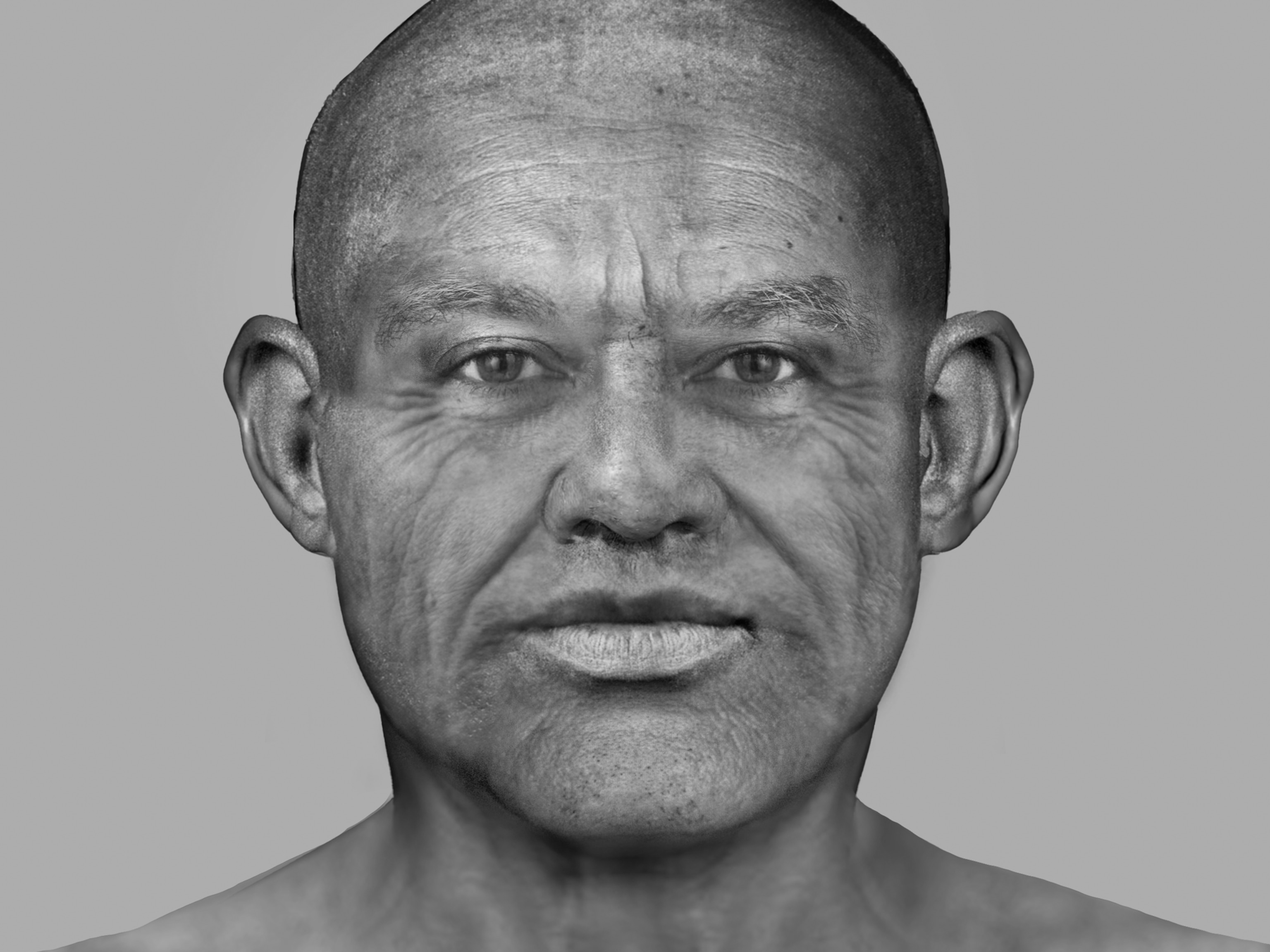
Headless Romans in England Came From "Exotic" Locales?
A mysterious cemetery filled with decapitated skeletons is offering hints that the victims lost their heads a long way from home.
An ancient English cemetery filled with headless skeletons holds proof that the victims lost their heads a long way from home, archaeologists say.
Unearthed between 2004 and 2005 in the northern city of York (map), the 80 skeletons were found in burial grounds used by the Romans throughout the second and third centuries A.D. Almost all the bodies are males, and more than half of them had been decapitated, although many were buried with their detached heads.
(Related: "51 Headless Vikings in English Execution Pit Confirmed.")
York—then called Eboracum—was the Roman Empire's northernmost provincial capital during the time.
In a new study of the ancient bones, Gundula Müldner of the University of Reading in the U.K. says the "headless Romans" likely came from as far away as Eastern Europe, and previous evidence of combat scars suggests that the men led violent lives.
"The headless Romans are very different [physically] than other people from York," Müldner said. "They come from all over the place. Some of them are quite exotic."
Headless Romans Had Foreign Diets
Müldner's team analyzed the bones for chemical clues called isotopes, which are different versions of particular elements. Based on the geology and climate of where a person grew up, their bones hold telltale traces of isotopes absorbed from the local food and water.
Oxygen and strontium isotopes in the bones of the headless Romans indicate that just 5 of the 18 individuals tested came from the York area, the team reports in the new study, published in the current issue of the Journal of Archaeological Science.
The rest of the men came from elsewhere in England or mainland Europe, possibly from France, Germany, the Balkans, or the Mediterranean.
(Related: "Roman 'Curse Tablet' Discovered in England.")
Traces of carbon and nitrogen show that five of the headless Romans ate very different foods from York's local population. And two individuals had a carbon signature from a group of food plants—including sorghum, sugarcane, and maize—not known to have been cultivated in England at that time.
"We haven't seen such a signature anywhere in Britain before" in the archaeological record, Müldner said.
In fact, millet is the only food plant from this group that was being grown anywhere in mainland Europe, she added.
The archaeologist noted that "the Romans were not very fond of millet, and often, when they established a new province, other cereals such as wheat would replace millet as the principally grown crop."
Müldner's team thinks the headless millet-eaters hailed from colder climates, perhaps parts of Eastern Europe that were beyond the borders of the Roman Empire.
"It might have been the Alps as well, or any higher mountains," Müldner said.
Dead Men Still Have Tale to Tell
As for what the men were doing in York, previous theories had suggested the headless Romans were slain soldiers, imported gladiators, executed citizens, or ritually killed victims of a religious cult. (Related: "Headless Man's Tomb Found Under Maya Torture Mural.")
Müldner's team favors the military explanation: The ancient city had a large Roman garrison, and the skeletons show injuries consistent with armed combat. It's possible the men were soldiers who had been executed, or who had been killed during battle andhad their corpses—with or without heads—recovered for burial by their compatriots.
(See pictures of a rare Roman helmet found in northwestern England.)
Other recent research suggested the headless Romans were gladiators brought to the distant capital for entertainment.
Evidence for this notion includes some skeletons' unequal arm development—associated with the specialized use of single-handed weapons—and, on one skeleton, tooth marks from a large carnivore, possibly a gladiatorial lion or bear.
"If the carnivore bite mark is indeed genuine, then, why not, they may indeed have been gladiators," Müldner said. (Related: "Ancient Gladiator Mosaic Found in Roman Villa.")
Kurt Hunter-Mann of the York Archaeological Trust, who led the original excavations, said he doubts the new study "will give us conclusive proof one way or another, but it's all very useful."
The suggestion that the headless Romans were a diverse bunch confirms previous archaeological findings, Hunter-Mann added.
"We know that the population of Roman York is quite diverse anyway, because a lot of traders, for example, were coming from various parts of the Empire," he said.
Solving the grisly puzzle of who the headless Romans were will require further bone analysis and forensic studies, due to be completed in about a year, he added.





